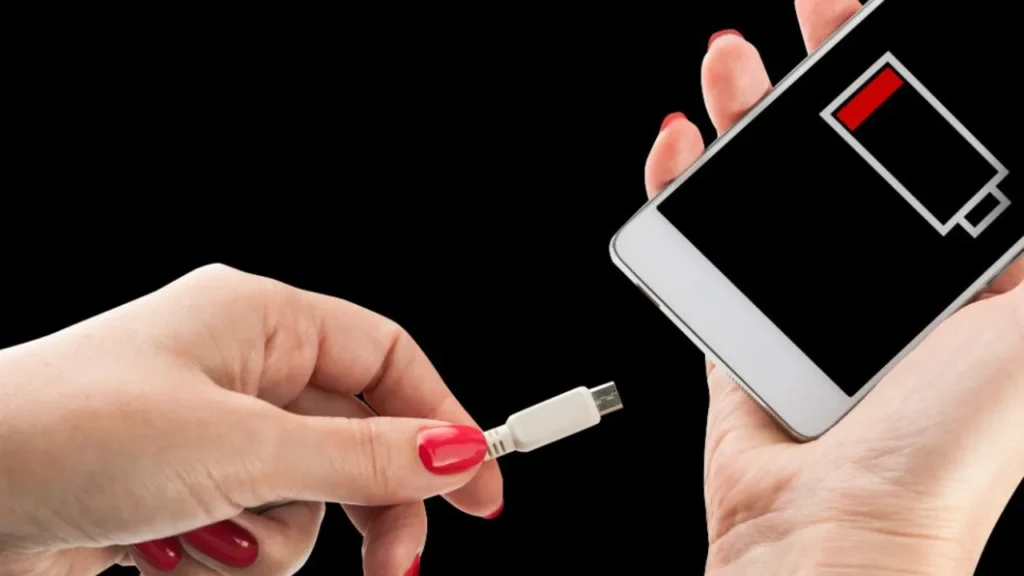
If you are looking for a new iPhone or any smartphone, you probably care about the battery life and health of your device. After all, no one wants to be stuck with a dead phone or a degraded battery. That’s why it’s interesting to see what Apple is doing to improve the battery performance of its future iPhones.
Recently, there have been some reports and rumors about the iPhone battery that caught our attention. Let’s take a look at them and see what they mean for you as a potential buyer.
- iPhone 14 Pro battery degradation: Some users of the iPhone 14 Pro models complained that their batteries degraded faster than previous models. This caused some concern among iPhone fans, but it turned out to be a false alarm. Apple never officially addressed the issue, but it seems that it was caused by a software bug that showed inaccurate battery health readings. The actual battery performance was not affected.
- iPhone 15 battery life: The iPhone 15 models were launched in September 2023, and they brought some surprises in terms of battery life. The iPhone 15 Pro and 15 Pro Max have the same battery life estimates as their predecessors, despite having a more efficient A17 Pro chip and being slightly thicker. This means that the iPhone 15 Pro Max has amazing battery life and can last longer than the Samsung Galaxy S23 Ultra in real-life usage. But the real star of the show was the iPhone 15 Plus, which has even better battery life than the more expensive Pro models. This is impressive, considering that the iPhone 15 Plus has a larger screen and a lower price tag than the iPhone 15 Pro.
- iPhone 15 Pro overheating: The iPhone 15 Pro and 15 Pro Max also had some issues with overheating, especially while charging. Some users reported that their devices became very hot and uncomfortable to hold. This could potentially damage the battery and reduce its lifespan. Apple released a software update that fixed most of the overheating problems, but some users still experienced them occasionally.
These reports show that Apple is facing some challenges when it comes to improving the battery life of its iPhones. The iPhone 15 Pro models indicate that Apple might have reached a limit with the current design and technology. So how can Apple overcome this limit and deliver better battery performance in the future?
Well, according to a reliable analyst named Ming-Chi Kuo, Apple is working on a big change for the logic boards it uses inside the iPhones. A logic board is the main circuit board that contains the CPU, memory, and other components of the device. Kuo says that Apple is developing a new material for the logic boards called resin-coated copper (RCC).
RCC has some advantages over the current material, which is called SLP (substrate-like PCB). RCC can reduce the thickness of the logic board, which means that it can save some internal space for other components. RCC can also make the drilling process easier, which means that it can reduce the manufacturing cost and time.
However, RCC also has some drawbacks. It is more fragile than SLP, which means that it can break easily if dropped or bent. It also has some compatibility issues with other components, such as antennas and cameras. That’s why Kuo says that RCC will not be used in the iPhone 16 models, which are expected to launch in 2024.
But Kuo also says that if Apple can improve RCC before the third quarter of 2024, it might use it in the iPhone 17 Pro models, which are expected to launch in 2025. This could be a game-changer for the iPhone battery life, as it could allow Apple to fit larger batteries inside the devices.
Of course, RCC is not the only way that Apple can improve its battery performance. There are other rumors that suggest that Apple might use different battery technologies or designs in its future iPhones. For example, some sources claim that Apple might use stacked batteries or solid-state batteries in its upcoming devices . These technologies could offer higher capacity, faster charging, and longer lifespan than the current lithium-ion batteries.
Another way that Apple can boost its battery life is to increase the size of its iPhones. And this is something that Apple might do next year with the iPhone 16 models. According to Kuo, Apple might increase the size of the iPhone 16 Pro models from 6.1 inches and 6.7 inches to 6.4 inches and 6.9 inches respectively. The main reason for this change is to accommodate a periscope zoom lens inside the smaller model, but it could also provide more room for a bigger battery.
As you can see, there are many possibilities for how Apple can improve its battery life in its future iPhones. None of these innovations are confirmed, however, and they might change or be delayed depending on various factors. But we are hopeful that Apple will continue to surprise us with its battery performance, as it has done in the past.
We hope you enjoyed this product review blog and learned something new about the iPhone battery. If you have any questions or comments, please feel free to share them below.